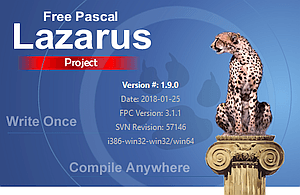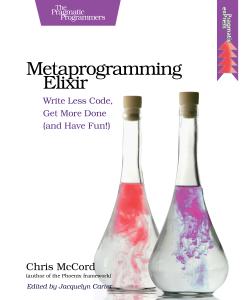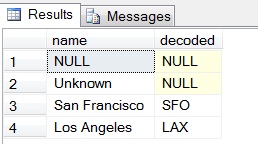
This is perhaps the last new feature of mORMot 2 before its first stable release: a very efficient custom URI routing for our HTTP/HTTPS servers.

At ORM and SOA level, there is by-convention routing of the URI, depending on the ORM table, SOA interface and method, and TOrmModel.Root value. Even for our MVC web part, we rely on a /root/ URI prefix, which may not be always needed.
Relying on convention is perfect between mORMot clients and servers, but in some cases, it may be handy to have something smoother, e.g. to publish a truly REST scheme.
We introduced two routing abilities to mORMot 2, with amazing performance (6-12 million parsings per CPU core), via a new THttpServerGeneric.Route property:
- Internal URI rewrite, to redirect internally from a human/REST-friendly request e.g. to a SOA
/root/interface.methodlayout, or to a MVC web page; - Direct callback execution, with optional parameter parsing.
Article edited on 28th December:
Fixed performance numbers (much higher than reported), and introduced latest source changes.














.jpg)





